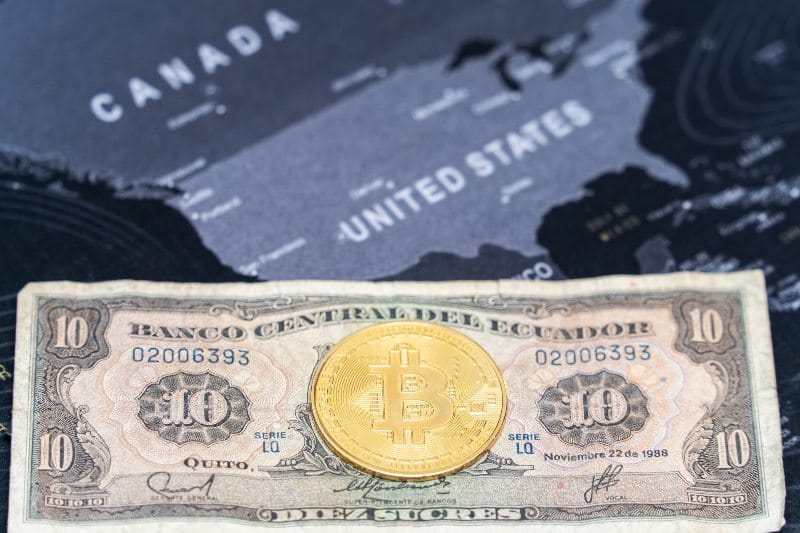The huge growth of new financial instruments such as DeFi, stablecoins, NFTs and metaverse has certainly created a stability problem for the traditional financial world, making some form of regulation by global financial authorities increasingly necessary. This is what is being discussed in the US.
Fears about stablecoins in the US
On 17 December, the Financial Stability Oversight Council (“FSOC”), which was set up to assess financial stability and evaluate the risks that could undermine it, issued a lengthy report on the subject, in which it explicitly refers in a long section to the specific risks that digital assets pose to the financial system, in particular those relating to stablecoins.
Stablecoins, which are linked to the value of a traditional currencies, are supposed to act as a kind of collateral for cryptocurrencies in the markets. But the excessive proliferation of some of them, such as Tether, the main stablecoin present on the markets today, poses, according to the FSOC, a number of problems related to its poor regulation. Specifically, the regulator sees this as a potential systemic risk due to the lack of consistent risk management standards for stablecoins and their operational complexity.

The growth of Tether
In theory, stablecoins such as Tether should be backed by traditional currencies such as the dollar. In essence, for every USDT issued, there should be one dollar as collateral. However, according to some experts, this mechanism would only be valid in theory. Recently, the stablecoin has also come under scrutiny by the SEC for alleged problems with its reserves.
The Fed itself has recently expressed serious concern about the unbridled growth of Tether, whose capitalization has exceeded $60 billion.
In other words, major financial institutions have concerns that without strict controls, stablecoins might not actually be backed by adequate reserves, thus creating potential risks to the financial stability of the system.
The need for regulation
Leading US financial authorities are essentially highlighting gaps in regulators’ authority to reduce the risks of payment stablecoins and payment stablecoin arrangements. In November, President Biden’s Working Group on Financial Markets (PWG) explicitly urged US financial authorities to take action as soon as possible with precise regulation of stablecoins that would subject them to a “federal prudential framework on a consistent and comprehensive basis” that would make them safer and more transparent.
There have been discussions for some time about how to regulate the crypto world in general. Many industry players have put forward their proposals to the US Congress to make digital asset markets more transparent.
Many experts believe that 2022 will certainly see the start of precise and detailed financial regulation of stablecoins, as US President Joe Biden himself called for in early November.
The post United States and stablecoin regulation: will 2022 be the decisive year? appeared first on The Cryptonomist.





















